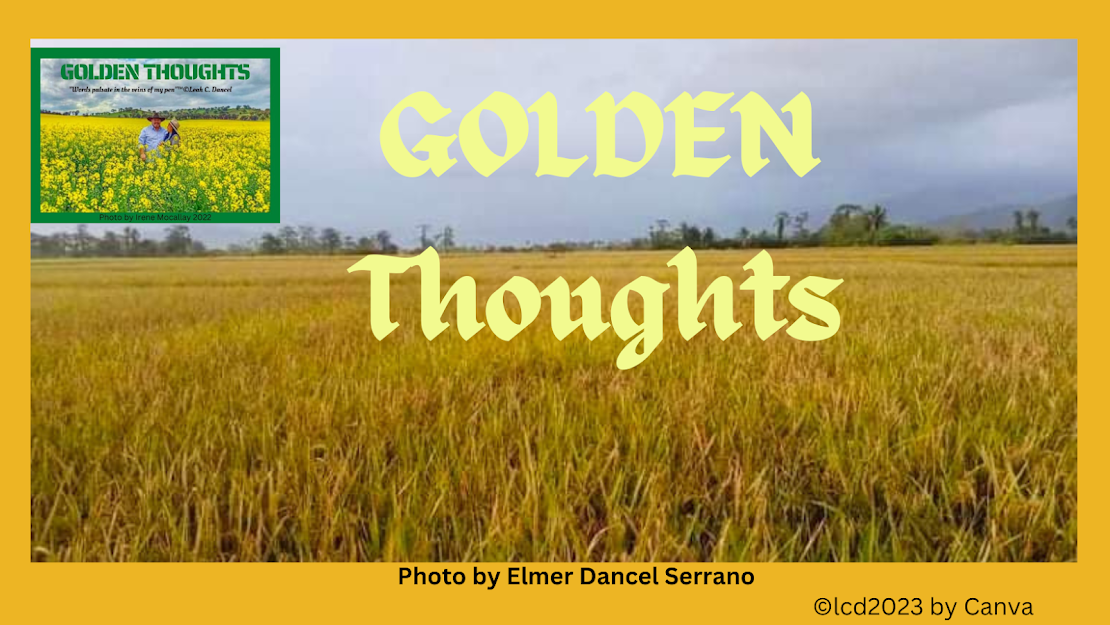"Public dialogue and debate are rights that artists and the community are entitled to. For street art to have an impact there needs to be a degree of discomfort and unease, as street art is not there to decorate a city, it is an important way of making a city be more than buildings and become a community that is sculpted by the people and their beliefs that live within the buildings. When art becomes valuable to a community, we need flexible solutions. The Moral Rights Amendment Act may be the key to protecting street art and the communities rights to have work by artists of ‘well respect’ protected from the censorship of the police. It is the artists that produce the work and therefore the artist should be protected as well as the artwork." ~Tara Green, (On Political Mural washed down with white paint in Marrickville, August 27, 2020)
"Street art is more oppositional than public art and has an ‘oppositional aesthetic’. Street artists embrace and use it’s ephemeral and almost performance quality to push boundaries and be noticed on subjects that are of importance at the time. Lately there has been a lot of politically charged murals being painted over just hours after going up, showing a pattern of politically charged paintings being the target of police censorship." ~Tara Green, (On Political Mural washed down with white paint in Marrickville, August 27, 2020)
THANK YOU╚═════ ೋღ☃ღೋ ═════╝

